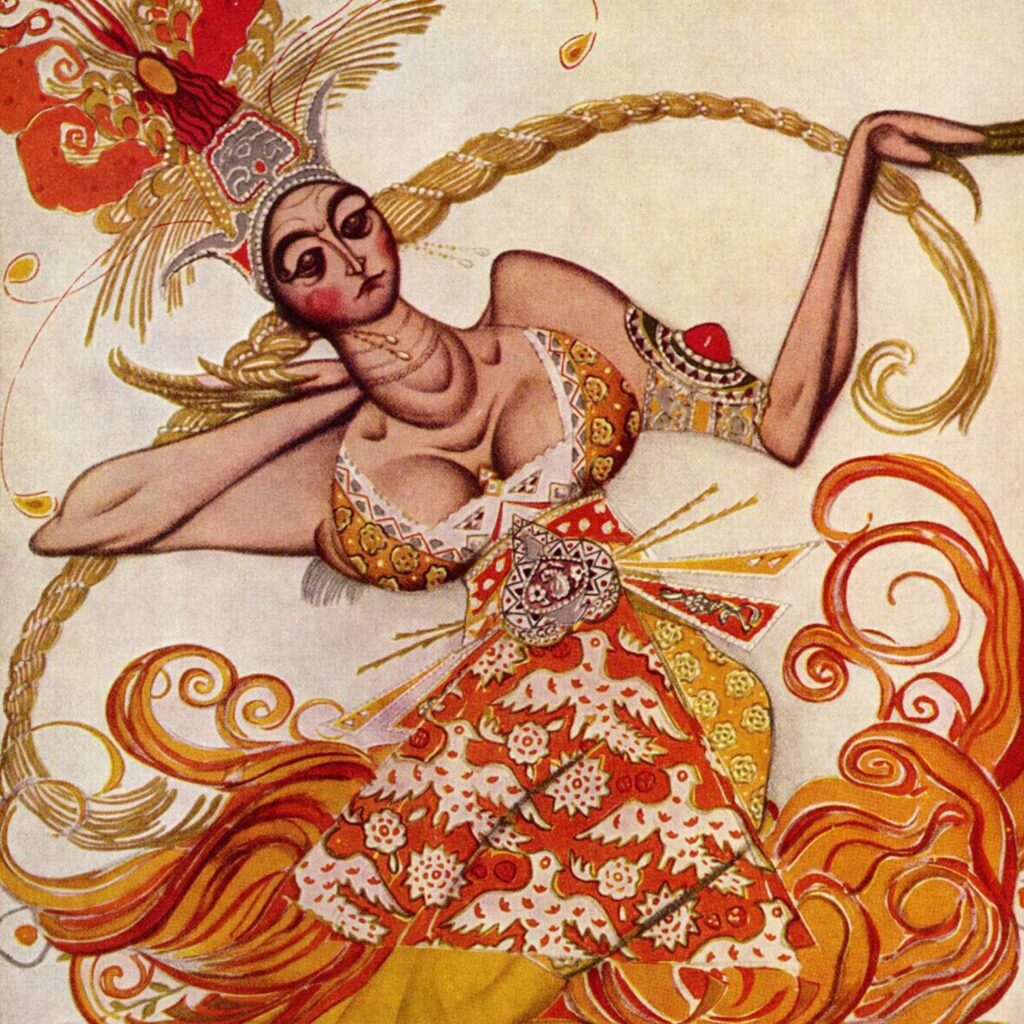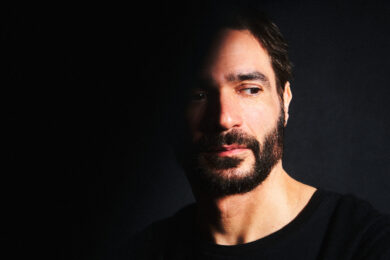1. Igor StravinskyThe Firebird

I encountered this piece watching Fantasia 2000 when I was stoned at an IMAX cinema when I was probably about 20. My years of proper classical piano training ended when I was 17, so I’d heard of Stravinsky and studied The Rite of Spring at A Level, but I hadn’t heard Firebird at that point. Studying The Rite of Spring was probably the best thing I did at school, it was amazing, but Firebird was a more complex piece – less accessible and quite challenging, certainly to a 17-year-old. I think Stravinsky was something ridiculous like 26 when he wrote it.
He was 28.
I mean that’s just fucking not OK, you know? I mean, to think of the shite I was making at that age, like my second album – we don’t need to talk about that! Anyway, I went to see Fantasia 2000. There’s no doubt seeing it was later very influential for me when it came to scoring films. Things go in very deep at that age, I think, and I was just so moved by the combination of visuals and sonics: it’s a perfect marrying of image and music.
The story arc [of Firebird] also has the exact story arc that Ritual ended up having. It’s like this tentative, naïve story of creation and discovery, of finding out what you can do, of pushing your powers and then getting it wrong – of going a bit too far. Stravinsky’s piece has a very jagged, sudden change across these four movements whereas in Ritual it’s very gradual but then pure destruction, chaos and fear for quite a long time. After an explosion, it’s very tentative rebuilding before ending in absolute triumph: a classic hero’s journey.
Musically, my favourite section of Stravinsky’s piece is actually just after the destruction, just after the explosion when it goes very quiet and you’ve got these ambiguous chords. There’s this gradual move back into safety from uncertainty and fear that’s just so moving. There’s also a tenderness there, a vulnerability, and when you listen to it whilst watching Fantasia, it’s also just as beautifully animated as it sounds.


